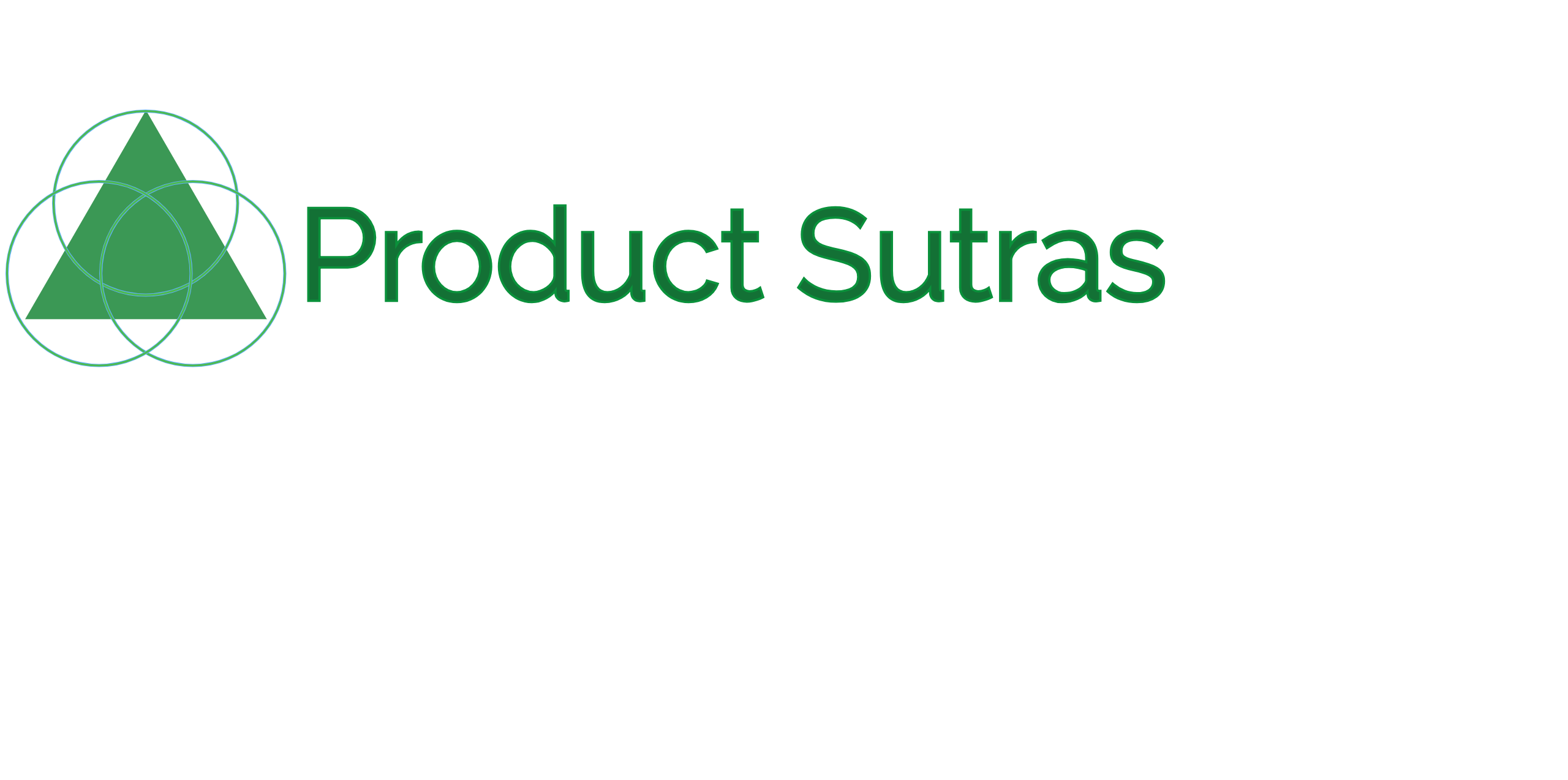

1. Agile Methodology
a. A software development philosophy that emphasizes the development of solutions through collaboration between self-organizing and crossfunctional teams.
b. Agile Manifesto
2. Bugs, defects
a. An unintended or unexpected result or behavior in software.
b. The product manager is responsible for prioritizing the severity of the bug. Sometimes bugs are “production issues” and need to be fixed immediately while others can be shelved to be fixed at a later time.
c. Usually discovered by the Quality Assurance engineer, automated tests, the product manager or users of the product.
3. Customer Interviews
a. Also known as Customer Discovery Interviews
b. The goal is to gather the voice of the customer or user of the product.
c. This is also an opportunity to test assumptions you have about the end user and your proposed solutions for their problems.
d. Customer Development Interviews How-to: What You Should Be Learning
e. 12 Tips for Customer Development Interviews
4. Designers
a. Product Managers work with designers to create everything from the overall feel of the product to the minute details about the look and placement of buttons.
5. Developers
a. Product Managers work with developers to turn the product and designs into actual products that are usable by customers. b. Product Managers also help answer developer questions about priority of certain features or bugs and for clarity on certain product requirements as they arise throughout the development stage
6. Executive stakeholders
a. Executives at a company that have a vested interest in the success of the product that you are working on.
b. It’s important to get buy-in from executives because they often help with resource allocation and if you have an executive invested in your product then you can get things done much easier and faster.
7. Issue Tracking / Issue Tracker
a. A tool used by product managers, project managers, developers and quality assurance engineers to track the work they are making on a particular feature or bug
8. Key Performance Indicator (KPI)
a. The most important metric used to gauge the success of a product
b. Example KPIs: Revenue, User Signups, Churn Rate, Profit, Cost Savings
9. Mockups
a. Very early drafts to show the general look and some functionality of a product
b. Product managers put together mockups either themselves or work with a designer.
c. The mockups are living documents that change as the product requirements change.
d. Once the product is more fleshed out and there are much less changes to the mockups, the designer will invest time to create a high-fidelity mockup (for example, using Adobe Photoshop) which the developers use when building the product.
e. The most popular mockup tool is Balsamiq.
10. Product managers
a. Product managers lead cross-functional teams from departments like marketing, development, design and sales.
b. Product Managers are the CEO of the product.
c. Product Managers create the vision and direction for the products that they manage and then create much more detailed plans on how to turn the vision into actual product features.
d. Quora answer on: What is Product Management.
11. Product Roadmap
a. A plan put together by the product manager that prioritize and estimates release dates for the product’s features
12. Project managers
a. Product Managers work with project managers to get development work scheduled.
b. The Project Manager runs most of the meetings that the product manager and developers are in together and also helps move projects along by coordinating with the product management and development teams and removing blockers for developers.
c. Often called the Scrum Master in the Scrum Methodology.
13. Quality Assurance Engineers (QA engineers)
a. Product Managers work with QA engineers to help QA engineers test the code and features that the developers build.
b. Products are not allowed to be released if the quality assurance engineers do not sign off.
14. Scrum
a. The most popular implementation of the Agile Methodology. b. What is Scrum?
15. Stories
a. Also known as User Stories
b. A requirement document in Agile Methodology.
c. Different than the typical “requirements document” in that rather than talking about specific technical requirements, user stories are conversational sentences around the desired functionality.
16. Story Points
a. Story Points are assigned to User Stories.
b. Story Points are assigned by the developers working on the project and convey the level of effort they think is required to complete the particular user story.
17. Usability Testing
a. Usually performed by a User Experience Researcher or a combination of the Product Manager and Designer.
b. The goal is to evaluate a product by putting it in the hands of real users and observing the way they interact with the product.
c. Often times usability tests will give a user a specific task and then observe how the user completes the task, where they get confused and need help.
d. The output of a usability test is to uncover missing features, unused features, and points of confusion
18. User Experience
a. The overall experience that a user has with a product.
b. UX includes UI.
19. User Interface
a. The way the user interacts with the product.
b. The simplest case are the buttons and forms on a website.
c. User Interface is a combination of the ‘look and feel’ of the product and ‘how it works’.
d. The User Interface is heavily informed and guided by the User Experience research.
20. User Persona
a. A type of person that will use the product.
b. It’s an imaginary user that has a specific behavior, attitude and goal.
c. User stories should be created with user personas in mind.
